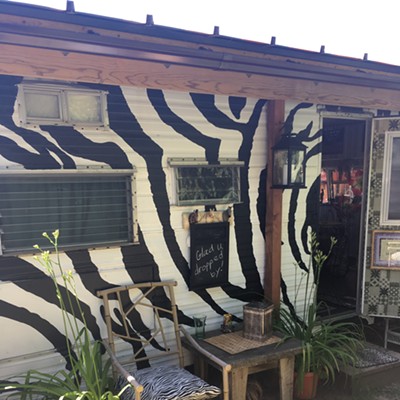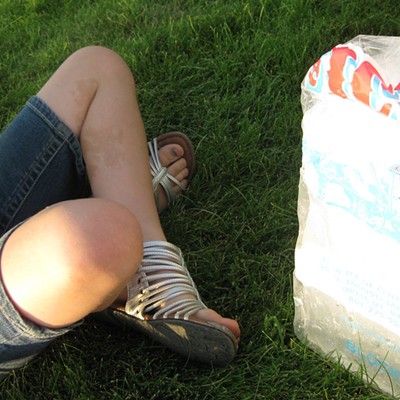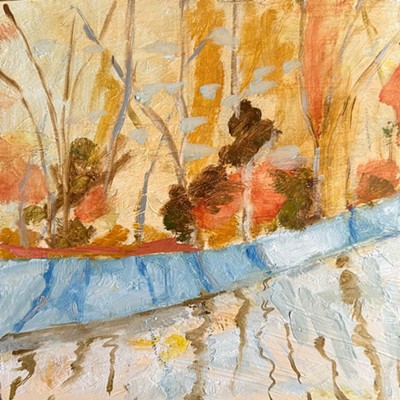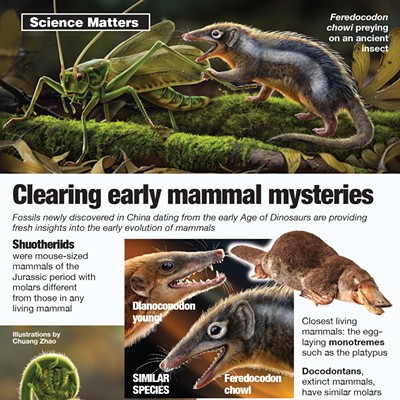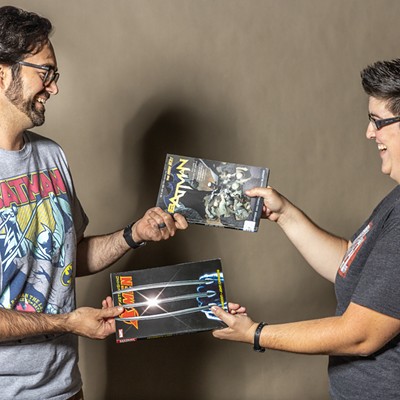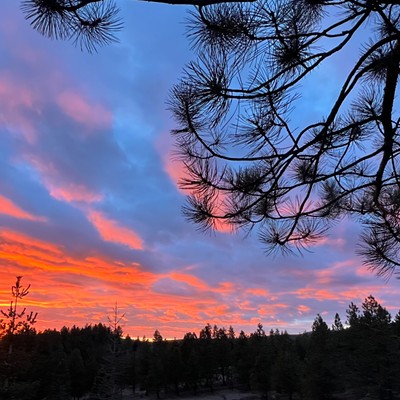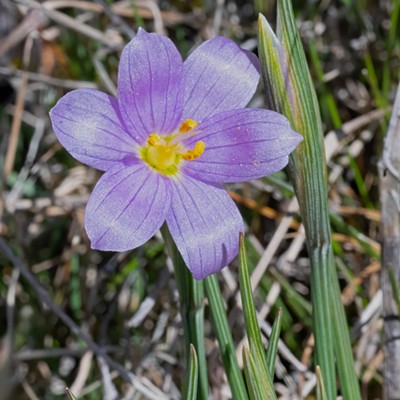By KAYLEE BREWSTER
kbrewster@lmtribune.com
Gold is what brought many pioneers to this area, and it can still be found if you have the patience and determination.
Panning for gold is the easiest way to go about it. First, check to see if gold panning is allowed where you are planning to search. In Idaho, places where gold was discovered and still can be found are along the Salmon, Clearwater and Snake rivers.
Next, you need a pan. Plastic pans are better, as metal ones tend to rust easier and are heavy. Choose a pan that has deep riffles for gold to catch on and colors that will make gold easy to see.
The basic idea of gold panning is to get the heavy gold particles to settle at the bottom of the pan by shaking and reducing the amount of sediment by washing off the top layer of material.
When you get those shiny golden flakes or nuggets in your pan, how do you determine if it’s real or if it’s just fooling you? Gold is denser but pyrite (or fool’s gold) is lighter, so gold will sink to the bottom and pyrite will move more freely. Pyrite is brassier and will flash in the sunlight; gold will have a more consistent color. Gold is malleable and soft; pyrite is harder and will shatter under pressure. Gold is also worn smooth and pyrite is more cubic in form.
Double dare Pan in your best prospector hat.
Video Gary Smith, a gold panner from British Columbia, shares his technique:
[embed]http://www.youtube.com/watch?v=OrhsjVH_LO8[/embed]



